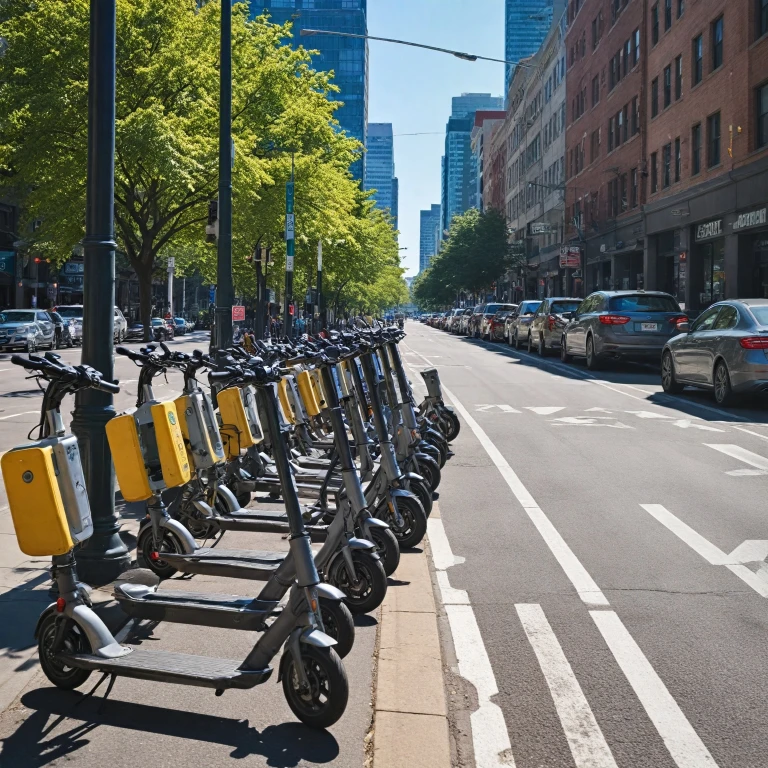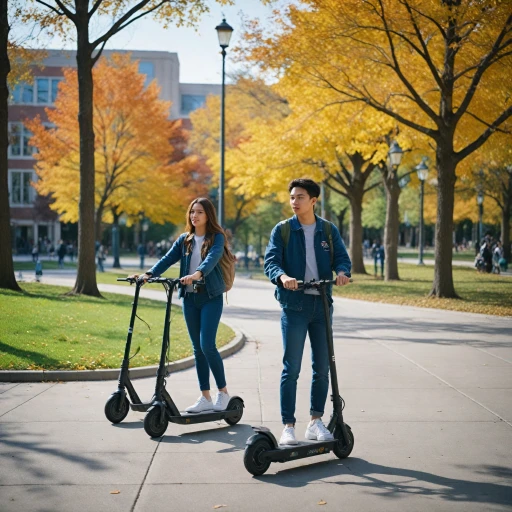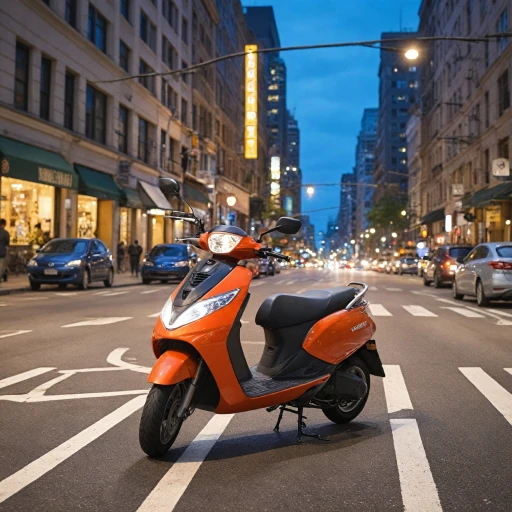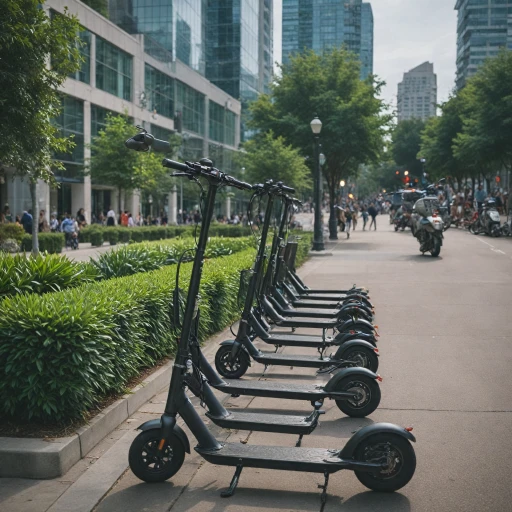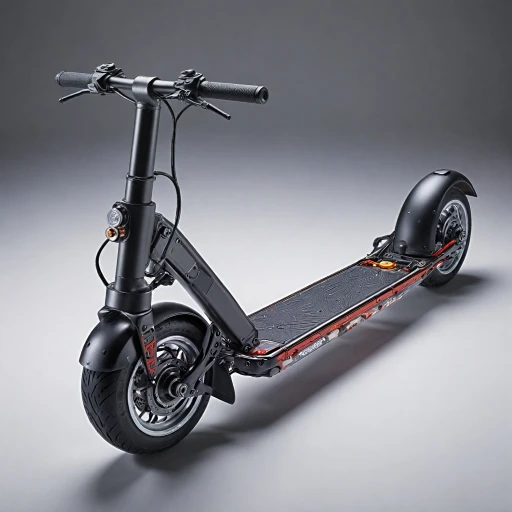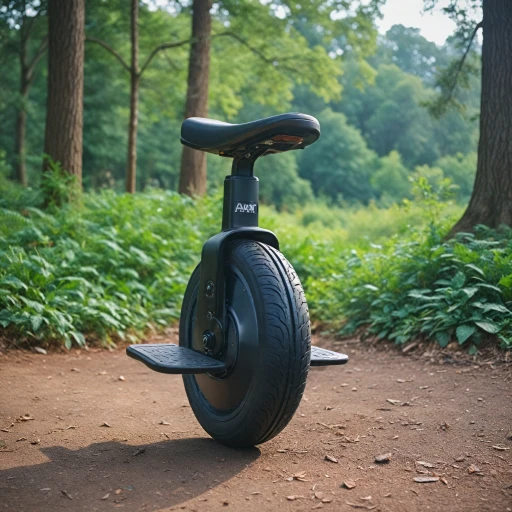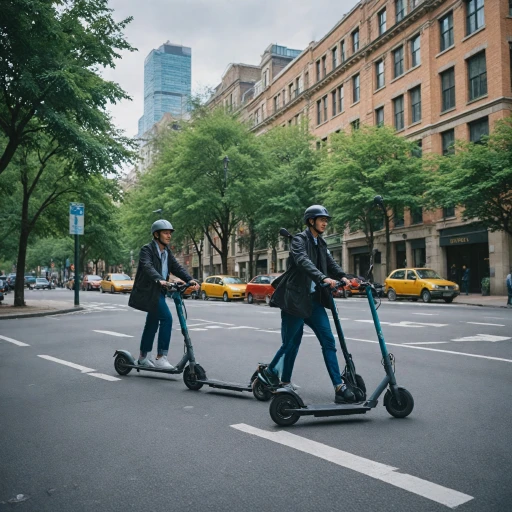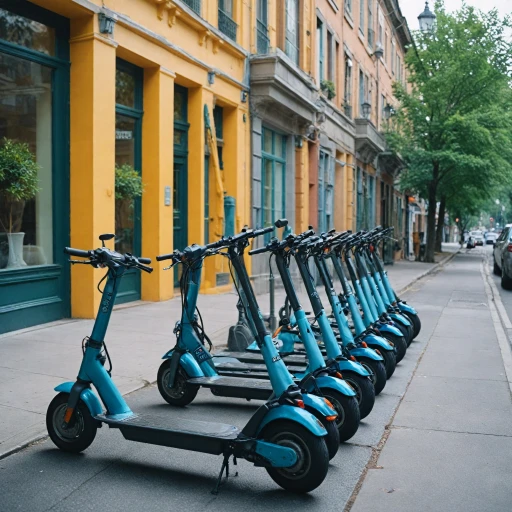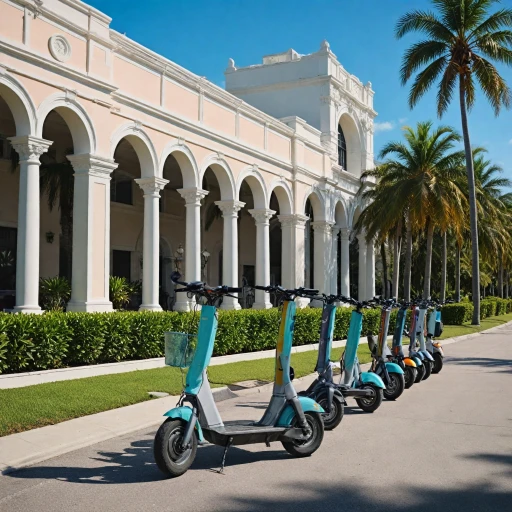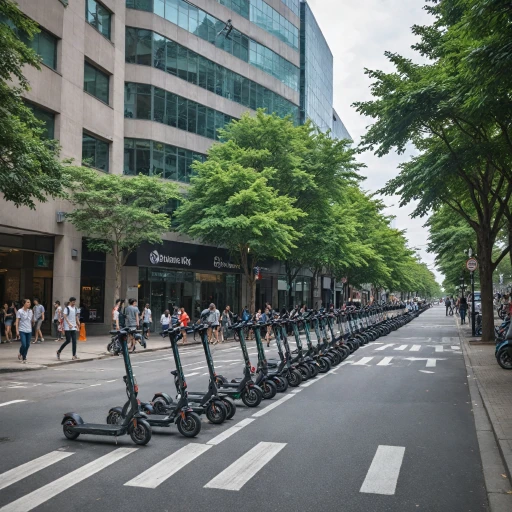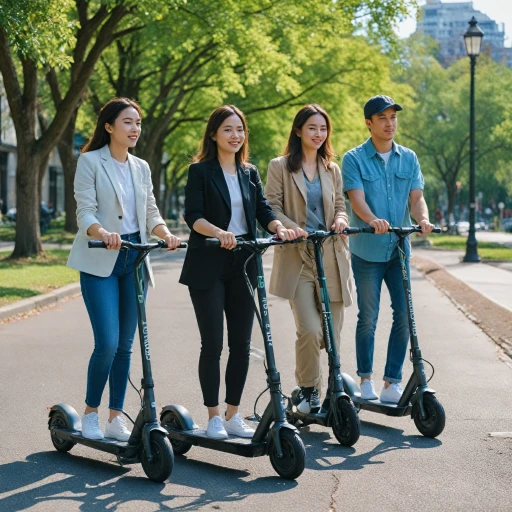
The Rise of Electric Scooters in Urban Areas
The Urban Rise of Electric Scooters
With their sleek design and eco-friendly appeal, electric scooters have swiftly become an integral part of the urban transportation landscape. As congestion in metropolitan areas increases, these nimble vehicles offer a refreshing alternative. They enable riders to dodge traffic jams and offer a more sustainable mode of transport compared to traditional motor vehicles.
The convenience and accessibility of scooters have driven their popularity. Many scooter laws have been established in response to this upsurge to promote safety and order. However, variations in these regulations often complicate the experience for scooter riders.
Urban areas, in particular, see a higher prevalence of electric scooters. They benefit from bike lanes and roads designed to accommodate lighter, more maneuverable vehicles. However, the laws surrounding riding electric scooters can be perplexing, with certain areas imposing specific regulations on the legality of scooters on the streets. These can include speed limits, helmet requirements, age restrictions, and even insurance considerations, which vary significantly by state.
Understanding these complex layers of regulation is crucial for scooter enthusiasts. Whether adjusting their riding habits to comply with local helmet laws or being mindful of maximum speed regulations, riders must remain vigilant. Speed limits often cap around 15-20 mph, although some regions allow higher limits based on specific road conditions.
Key Components of Electric Scooter Laws
Essential Legal Considerations for Electric Scooters
The surge in electric scooter usage has led to the implementation of specific legal frameworks to ensure both the safety of riders and pedestrians. These laws encompass various aspects related to riding electric scooters, providing clarity and security on the roads. Here's a look at the key components.- Aging Requirements: Typically, the minimum age to ride an electric scooter is standardized; many regions require riders to be at least 16 years old. This varies, as some might set a different age threshold.
- Licensing and Permits: Some jurisdictions mandate a driver license to operate an electric scooter. Meanwhile, others may not impose such requirements, considering scooters distinct from other motor vehicles.
- Helmet Laws: Safety is a priority, with most regions requiring riders to wear helmets. This regulation particularly applies to younger scooter riders, emphasizing the importance of personal injury prevention.
- Speed Limits: Regulations often include speed limits, generally capping at 15 mph, although this limit can vary. Speed compliance is crucial for reducing accident risks and ensuring road safety.
- Insurance and Liability: Unlike cars, scooters might not uniformly require insurance. However, understanding liability in case of accidents and personal injury is advisable, as regulations might differ across states.
- Permissible Riding Areas: Electric scooters are commonly allowed in bike lanes to avoid congesting roads. Laws might restrict scooter usage on sidewalks to protect pedestrians.
Variations in Electric Scooter Laws Across Regions
Different Rules in Different Places
When it comes to electric scooter laws, no two regions are exactly the same. This variation can be quite significant, affecting everything from speed limits to age requirements and insurance regulations. Electric scooter enthusiasts might find themselves navigating a complex landscape of rules when riding across borders.
In many regions, electric scooters are considered motor vehicles, which means riders might need to adhere to specific regulations:
- Speed Limits: The maximum speed for riding electric scooters is not uniform everywhere. While some areas may allow speeds up to 20 mph, others may impose stricter speed limits of 15 mph or less. Understanding these nuances is crucial for scooter riders to avoid fines and ensure safety.
- Age and License Requirements: The minimum age to operate an electric scooter can vary, with some regions requiring riders to be at least 16 years old. Additionally, some states mandate a driver license to ride, while others do not have such prerequisites.
- Mandatory Safety Gear: Helmet laws can differ significantly. Some places insist that everyone wear a helmet, whereas others only enforce this requirement for younger riders.
- Road and Bike Lane Access: Not all jurisdictions allow scooters on bike lanes, roads, or sidewalks. Riders must know where they are legally permitted to operate their scooters to avoid accidents and penalties.
- Insurance and Liability: Some regions require scooter riders to have personal injury coverage or other forms of insurance, reflecting the responsibilities imposed on traditional motor vehicles.
These regional disparities complicate compliance for frequent travelers and residents alike. It is essential for riders to stay informed and adapt to the area-specific scooter laws to enjoy a safe and legal ride. For those interested, you can find unmissable deals on electric scooters to accompany them on their varied rides.
Challenges in Enforcing Electric Scooter Regulations
Challenges in Ensuring Compliance with Electric Scooter Regulations
Enforcing regulations for electric scooters in urban settings can be quite a challenge. With the increasing popularity of these vehicles, authorities struggle to keep track of the ever-evolving landscape. Several factors contribute to these enforcement difficulties:- Inconsistency in Legislation Across Regions: Laws regarding electric scooters can vary significantly from one state or city to another. Some regions have strict speed limits, while others have more lenient policies. These variations make it challenging for scooter riders to understand and comply with local laws.
- Lack of Resources and Infrastructure: Many cities lack the necessary infrastructure to manage and enforce electric scooter regulations effectively. There are often limited dedicated bike lanes or paths for scooters, forcing riders to share roads with larger motor vehicles, leading to potential safety hazards.
- Educational Gaps: Many scooter riders are unaware of the specific safety requirements and age restrictions in place. This lack of awareness can lead to accidents and violations of helmet laws or insurance requirements. Educating riders on the importance of understanding these laws is crucial to improving compliance.
- Technological Limitations: Some scooters come equipped with speed limiters and GPS tracking, but not all models have these features. This inconsistency can lead to difficulties in monitoring and controlling the maximum speed riders adhere to, such as the typical limit of 15 mph in many urban areas.
- Individual Accountability: Unlike cars, which require a driver license, many regions do not require a license for scooter riders. This lack of individual accountability poses challenges in tracking violations and reporting personal injury cases.
